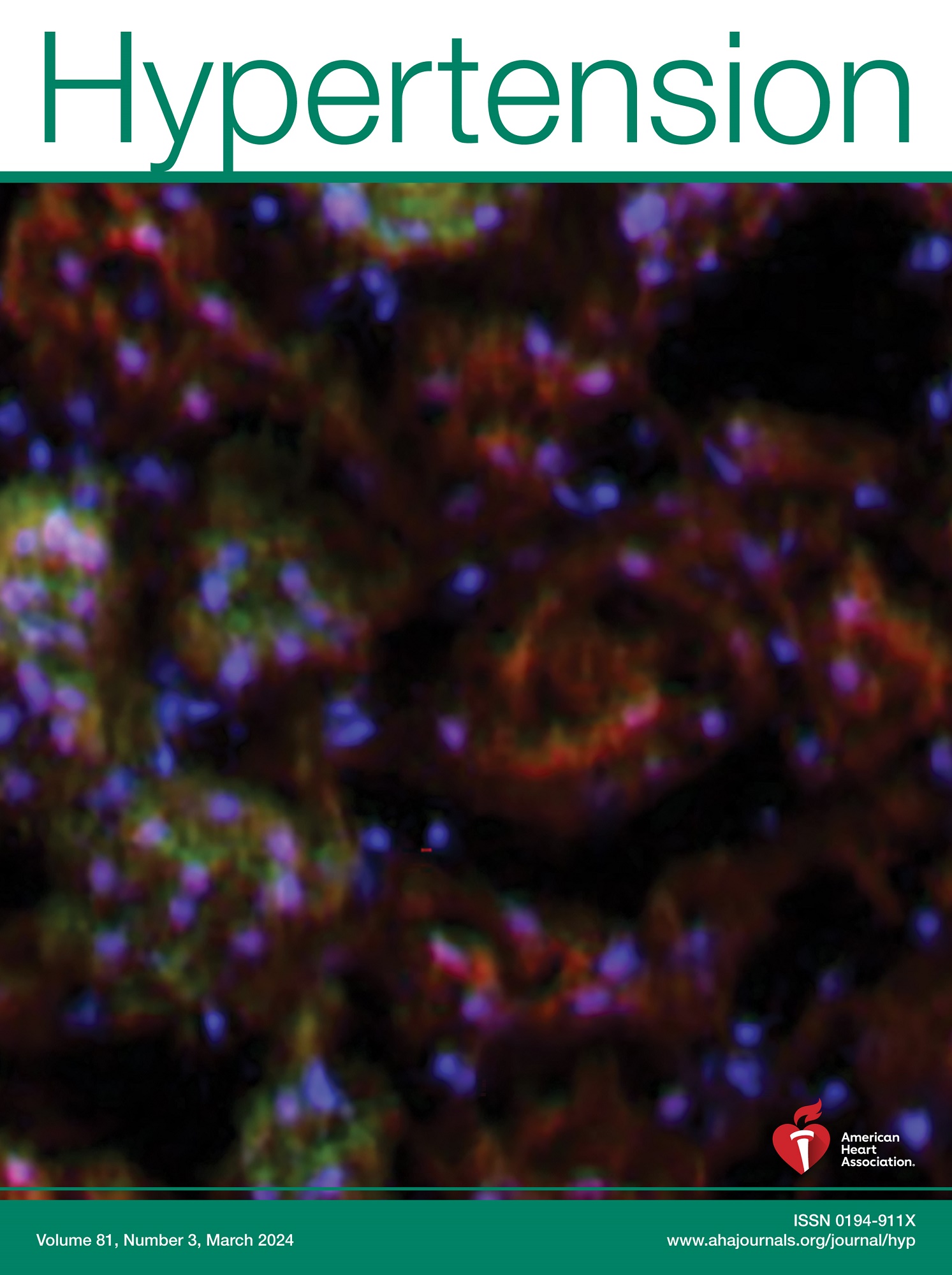点护理胎盘生长因子预测塞拉利昂不良后果。
IF 8.2
1区 医学
Q1 PERIPHERAL VASCULAR DISEASE
引用次数: 0
摘要
背景:plgf(胎盘生长因子)浓度在先兆子痫中较低,子痫是产妇死亡的主要原因;检测可以改善诊断和结果。我们在低资源环境中评估了2种新颖的全血现场PlGF检测(RONIA和Lepzi Quanti),用于预测不良后果。方法对塞拉利昂妊娠24 ~ 36+6周高血压妇女进行前瞻性观察队列研究。符合条件的妇女接受了隐匿RONIA和Lepzi Quanti PLGF检测。确定了预测孕产妇(死亡和子痫)和围产期(死产、流产前和新生儿死亡)综合结局的最佳排除和纳入阈值。评估敏感性、特异性、阴性预测值和阳性预测值。结果分析纳入了RONIA (n=488)和Lepzi Quanti (n=140) PlGF试验的女性。RONIA和Lepzi Quanti的最佳阈值分别为>60或>90 pg/mL(排除)和> <20或<12 pg/mL(纳入)。对于<34周的测试,RONIA <60 pg/mL具有高敏感性和阴性预测值,可排除母体(94.9%和94.6%)和围产期(100%)综合结果。RONIA <20 pg/mL提示高风险(阳性预测值分别为16.3%和40.9%)。Lepzi Quanti <90 pg/mL的敏感性为100%,阴性预测值排除母体和围产期复合材料。相反,当Lepzi Quanti <12 pg/mL时,近四分之一和一半的孕妇经历了母体和围产期复合成分(阳性预测值分别为22.0%和48.0%)。在妊娠后期,表现略有下降。结论:即时护理PlGF检测对严重后果具有准确的排除效果,在低资源环境中具有潜在的风险分层。对于这两种测试,少数病例属于中间类别,这将需要加强监测以确定进展。本文章由计算机程序翻译,如有差异,请以英文原文为准。
Point-of-Care Placental Growth Factor for Predicting Adverse Outcomes in Sierra Leone.
BACKGROUND
PlGF (placental growth factor) concentrations are lower in preeclampsia, a major cause of maternal death; testing improves diagnosis and outcomes. We evaluated 2 novel, whole blood, point-of-care PlGF tests (RONIA and Lepzi Quanti) in a low-resource setting for predicting adverse outcomes.
METHODS
A prospective observational cohort study in women with hypertension, 24 to 36+6 weeks of gestation, Sierra Leone. Eligible women underwent concealed RONIA and Lepzi Quanti PLGF testing. Optimal rule-out and rule-in thresholds were determined for predicting maternal (death and eclampsia) and perinatal (stillbirth, termination previability, and neonatal death) composite outcomes. Sensitivity, specificity, negative predictive values, and positive predictive values were assessed.
RESULTS
Analysis included women with RONIA (n=488) and Lepzi Quanti (n=140) PlGF tests. Optimal thresholds were >60 or >90 pg/mL (rule-out) and <20 or <12 pg/mL (rule-in) for RONIA and Lepzi Quanti, respectively. For tests <34 weeks, RONIA <60 pg/mL had high sensitivity and negative predictive value for ruling out maternal (94.9% and 94.6%) and perinatal (100%) composite outcomes. RONIA <20 pg/mL indicated higher risk (positive predictive values, 16.3% and 40.9% respectively). Lepzi Quanti <90 pg/mL had 100% sensitivity and negative predictive value for ruling out maternal and perinatal composites. Conversely, with Lepzi Quanti <12 pg/mL, nearly one-fourth and half of pregnancies experienced the maternal and perinatal composites (positive predictive values, 22.0% and 48.0%). Performance declined slightly at later gestations.
CONCLUSIONS
Point-of-care PlGF testing shows accurate rule-out performance for serious outcomes, with potential for risk stratification in low-resource settings. For both tests, a minority of cases fell into an intermediate category, which would warrant increased surveillance to determine progress.
求助全文
通过发布文献求助,成功后即可免费获取论文全文。
去求助
来源期刊

Hypertension
医学-外周血管病
CiteScore
15.90
自引率
4.80%
发文量
1006
审稿时长
1 months
期刊介绍:
Hypertension presents top-tier articles on high blood pressure in each monthly release. These articles delve into basic science, clinical treatment, and prevention of hypertension and associated cardiovascular, metabolic, and renal conditions. Renowned for their lasting significance, these papers contribute to advancing our understanding and management of hypertension-related issues.
 求助内容:
求助内容: 应助结果提醒方式:
应助结果提醒方式:


